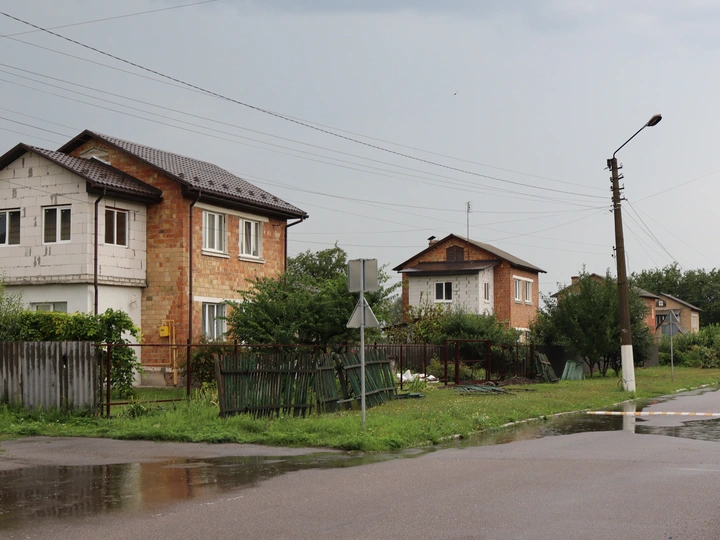Housing Rural Ukraine: A Home at War, 1945-2025

I am an architectural historian and Assistant Professor of Architecture at the University of Utah. My research investigates the evolution of residential architecture in times of socio-political change in relation to the collapse of the USSR, and to the rising housing insecurity around the world. I studied architecture at the National Academy of Fine Arts and Architecture, Kyiv, Ukraine. I continued my studies at the School of Architecture and Urban Planning, University of Wisconsin-Milwaukee, where I received my PhD in the Buildings-Landscapes-Cultures Program in 2019.
I am the author of two books: Taking the Soviet Union Apart Room by Room (NIUP/Cornell UP, 2023) and Mass Housing in Ukraine (co-authored with Philipp Meuser, DOM Publishers, 2024). I am also a co-editor for the upcoming volume Protests Beyond the Plaza: Everyday Spaces, Urban Morphologies, and Strategies (Routledge, 2026). My peer-reviewed articles appear in the Journal of the Society of Architectural Historians, Architectural Histories, and East/West: Journal of Ukrainian Studies. I am also co-director of two funded public history projects on housing insecurity in the United States. Currently, I am working on a comprehensive study of Ukrainian rural housing, as a built environment and a cultural asset continuously and intentionally destroyed by the Russian army during the full-scale invasion.
For my research I have received several prestigious fellowships and awards including New Researcher Award from the Architectural Research Centres Consortium (2024), Canadian Centre for Architecture Research Fellowship (2024), and the Leibniz Centre for Contemporary History, Potsdam Research Fellowship (2021).
In 2025, I relocated to Ukraine to continue my research on rural housing.
For understanding extant rural built environments and those which were lost in the Russian war, I have started my fourth major research project titled Housing Rural Ukraine. In this project, I examine the least-studied part of Ukrainian architecture: Soviet Ukrainian mass-built single-family and multi-unit rural housing built after 1945. I will explain the interrelationship between the rapidly changing conditions of everyday life and the transformations in rural housing—this on a timeline from state-socialism through the tumultuous but hopeful post-Soviet era, on to the beginning of the Russian wars.
This project will result in a book describing existing home types and analyzing their history and an exhibition on Ukrainian rural homes. As an architectural historian, I am interested in ordinary buildings, everyday life, and cultural change: the ways people appropriate and modify their residential spaces in response and as a precursor for change in the world around them. I am also interested in how the narrative and memory of a built landscape change when under threat. Therefore, in addition to explaining rural housing forms—data for the Ukrainian reconstruction effort—this project will pinpoint the ways these buildings adapted to evolving circumstances since their construction, and the ways attitudes to these ordinary buildings changed since the beginning of the full-scale invasion.
It is the understudied ordinary mass-built rural dwellings that form the sense of place, belonging, and meaning for countryside populations. Both functionalist apartment blocks and humble single or two-story, brick or block pitched roof buildings, these are the homes that rural Ukrainians have populated, appropriated, and improved for at least three generations, following the prior history of destruction and rebuilding. Yet very little has been written on the history of Ukrainian rural housing under the late USSR and after 1991, making this project particularly timely and important.